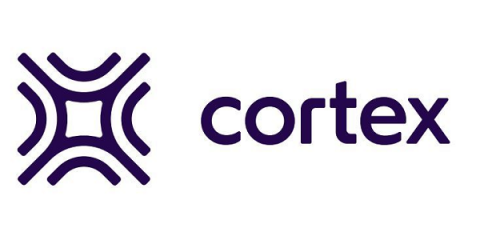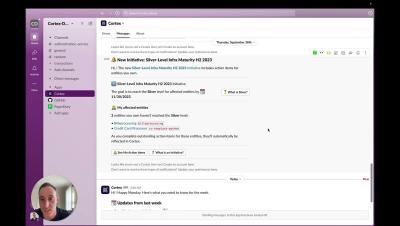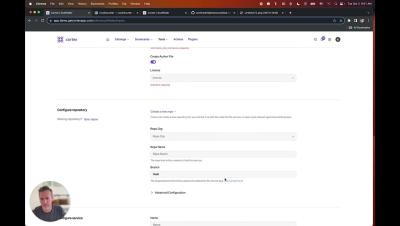What is an internal developer portal?
An Internal Developer Portal (IDP) is the engineering system of record for tracking, improving, and building high-quality software. From services and APIs to Kubernetes clusters and data pipelines—IDPs abstract away the complexities of ensuring software security, maturity, production readiness, and more—all using data from your existing tools.






